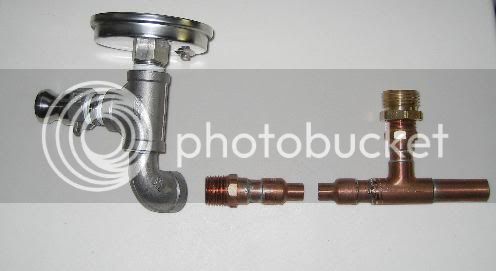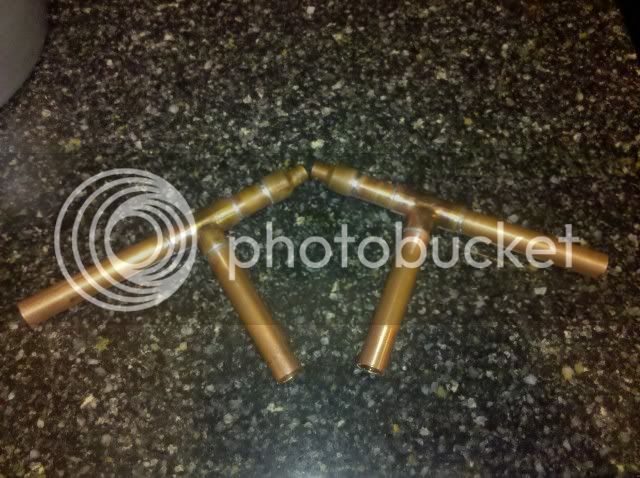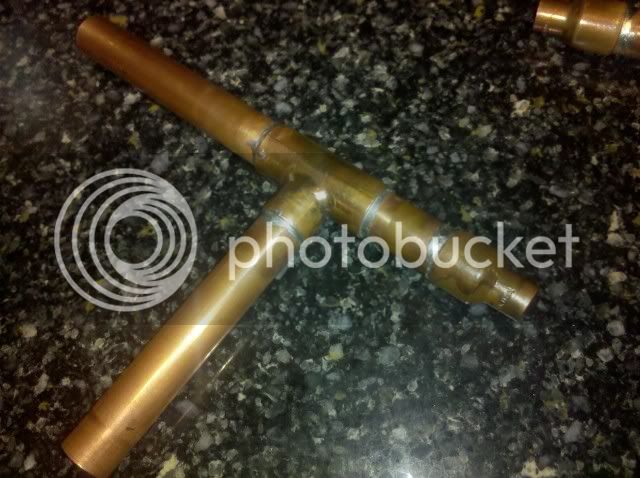I agree that soldering copper is a great skill and easy to learn. On my first soldering job around the house I practiced a bit, then piped in an whole new bathroom. Only had one leak the whole time and you can tell when you do it if there is a problem. I love being able to solder pipe. It's easy and gives me a lot of flexibility to do things the way I want.
I'm almost done setting up my indoor electric brewery. One of the main components is a a built in hose and water line for filling my HLT, cleaning, and counterflow chiller. Had to tee into my water lines to do it. Piece of cake. I have the exact setup I want now.
I just built a chiller following Bobby's tutorial. Straightening the copper was the only challenging part, as I used my old IC to make the CFC. The soldering was simple. While you got a nice deal on the chiller, consider picking up a torch and playing around with it. I think it's a great skill.
Oh, and if you do want to make a CFC, don't buy their exit pieces for $30. That's outrageous. You can buy everything you need for about $10-$12 and solder it together. A half inch tee costs about 76 cents these days.
Thanks to Bobby and others for their great tutorial.











